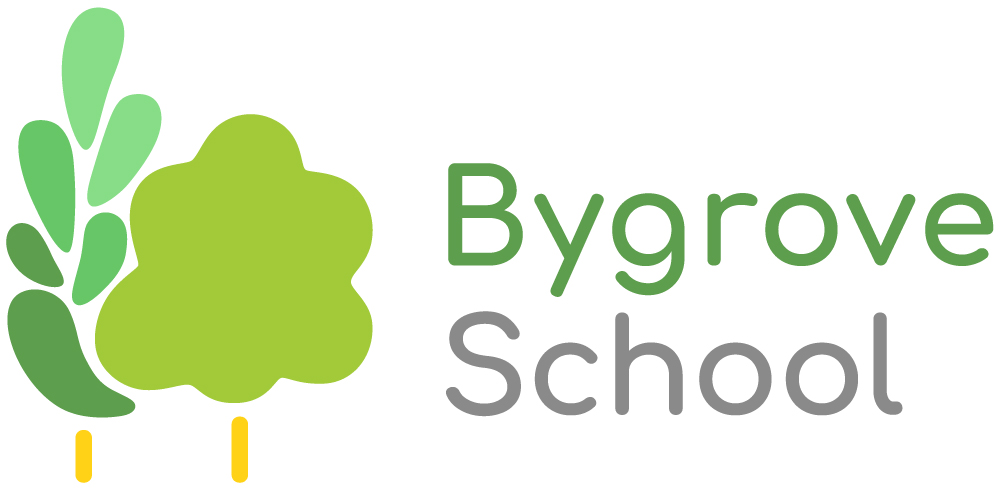Mary Seacole Class

Year 5’s class name is after Mary Seacole who wouldn’t take ‘no’ for an answer. She knew herself well enough to know that she could be of help to soldiers in the Crimean War, if only she had the opportunity – and she was right! Determined & resourceful, Mary Seacole showed great interpersonal intelligence
The beginning of Year 5 sees us stepping back in time. We walk between two pillars to enter the classroom where we find sculpture & bits of pottery. There are artefacts & ancient maps, Olympian athletes & writing on the walls that we can’t read but that looks strangely familiar. This term is about the ancient Greeks.
The Greeks invade (nearly) every aspect of our learning; they were great mathematicians & scientists so geometry plays a key role in our maths work but we also solve lots of particularly Greek problems. We look at forces & build parachutes for Icarus to save him as he plummets down from the sky. We read & write Greek myths & legends & learn about democracy & how we can change the things around us. We make pots using a method called coiling and personalise them in the style of Grayson Perry. We also learn about different faiths and what they believe their god is like.

Our trips in the autumn term include going to the British Museum & even a visit to the Olympic site not far from our school.
By the end of the term we have made a display of our pots, created a fact file about our own invented Greek God and learned all about the Ancient Greek legacy on the world today – philosophy, the Olympics, alarm clocks!
OK, so we started small in key stage 1, closely examining our local area & gradually moved our globetrotting further afield. But this is Year 5 & it’s time to look beyond our own planet. It’s time to head into outer space!
After Christmas, the classroom becomes a space station; there’s floating planets, stars, lights and technology. We’re in a race to space & to the moon. Like John F Kennedy said: ‘We choose to go to the moon … in this decade, not because it is easy but because it is hard.’ And we are well up for a challenge!
We write suspense stories with cliff-hanger endings & an application to astronaut school! Our science is unsurprisingly about the Earth & space; we explain day & night through the Earth’s rotation & the seasons through the Earth’s orbit of the sun. We learn about the other planets too & how our orbits compare. And then there’s the Moon in an orbit of its own, pulling the Earth’s water around into tides with its gravity.

We learn about the three states of matter, how and why materials change between these states, and how you can dissolve solids in liquids, and recover them afterwards! We learn in history about how the competition between the US & the USSR eventually became collaboration for the greater good and, in geography, we learn what longitude and latitude mean and how we can use them to describe where somewhere is in the world. We also discover time zones. Did you know that it’s the middle of the night in Australia when it’s the middle of the day here?
Our PSHE learning is, rather appropriately, all about our goals & dreams as we head for the stars!
In the summer term, there’s only one mission – & that’s to save the planet. We are eco-warriors! Inevitably, our learning takes us outside a little more often than we’ve been used to so we can truly see the impact humans are having on our environment. We discover the carbon footprint of our own activities and of the different industries around the world. We also learn how to change our lifestyles to make them more sustainable and environmentally friendly!
We read a beautiful story called ‘Just a Dream’ to see how others view the world: it illustrates the true devastation we are having on the world around us – it really makes us think! We look at data in maths, what it shows us & how we can represent it to give the message we want. We also look at measures & some really big numbers. In science, we research and observe life cycles of different animals and learn about the ways plants and animals create copies of themselves to ensure their species’ survival.
But it’s not just theory – we live and breathe what we have learnt. We design and make a lunch bag prototype to help us reduce waste at school having seen just how much we send to landfill. Finally, we are truly inspired by Wangari Maathai whose achievements will continue to resonate with us as adults.

We’re spoilt for choice when it comes to visits. We go to the ecology park on the Greenwich Peninsula, to the Soanes Centre nearby & to Mudchute Farm on the Isle of Dogs to visit animals & allotments.
By the end of term, we have built an insect hotel, grown, eaten & sold our own veg, attempted to bolster butterfly numbers, reduced our school’s carbon footprint & hopefully changed a few people’s perspectives on the way!


